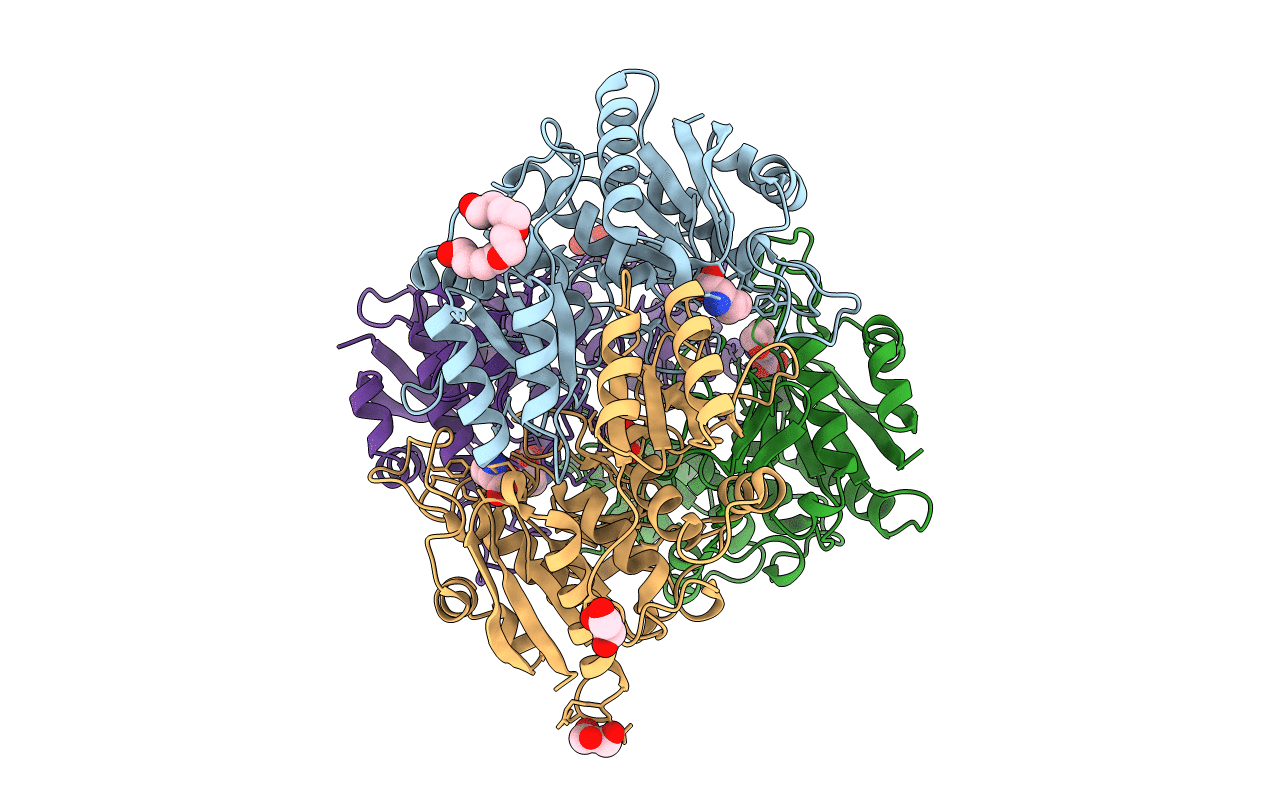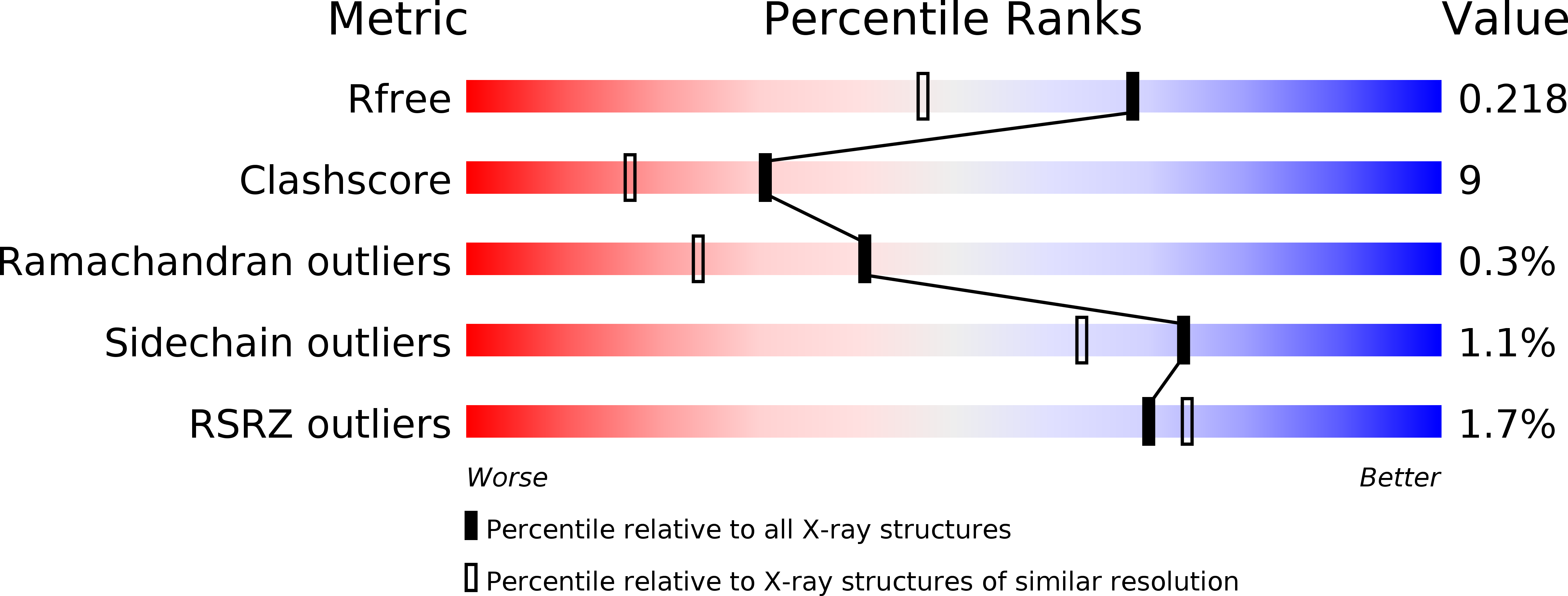
Deposition Date
2001-08-17
Release Date
2002-01-09
Last Version Date
2023-11-15
Entry Detail
PDB ID:
1JSR
Keywords:
Title:
CRYSTAL STRUCTURE OF ERWINIA CHRYSANTHEMI L-ASPARAGINASE COMPLEXED WITH 6-HYDROXY-L-NORLEUCINE
Biological Source:
Source Organism:
Erwinia chrysanthemi (Taxon ID: 556)
Method Details:
Experimental Method:
Resolution:
1.70 Å
R-Value Free:
0.20
R-Value Work:
0.18
R-Value Observed:
0.19
Space Group:
C 1 2 1


